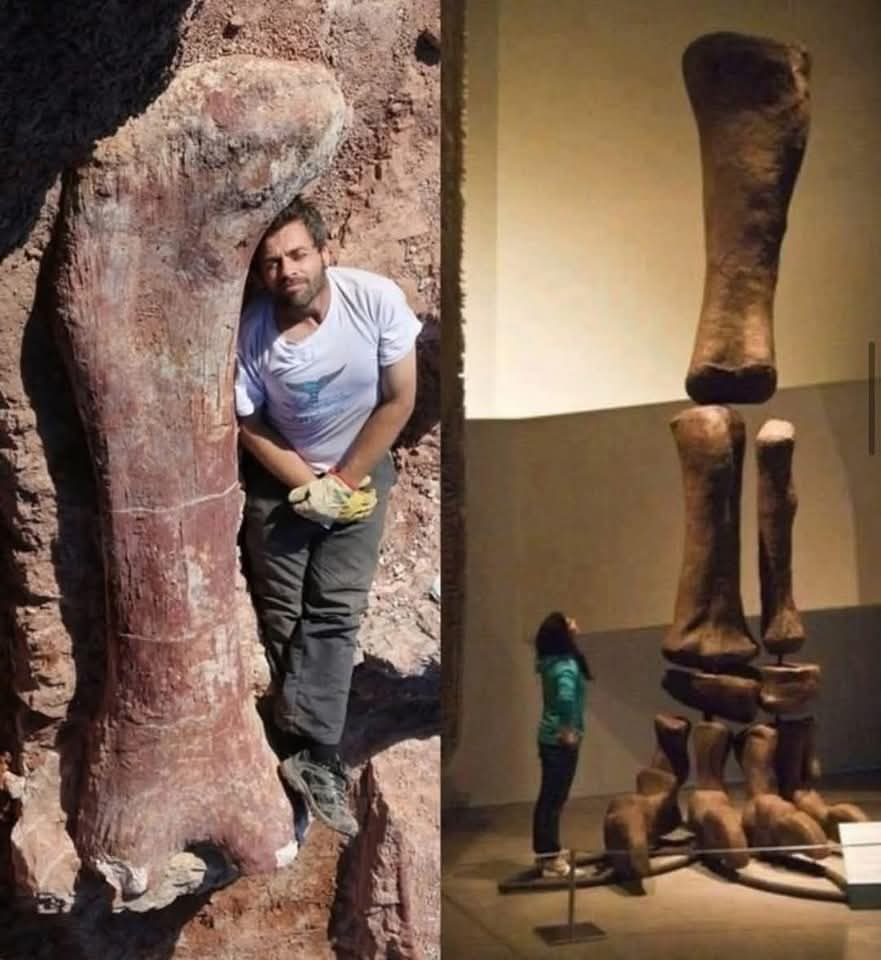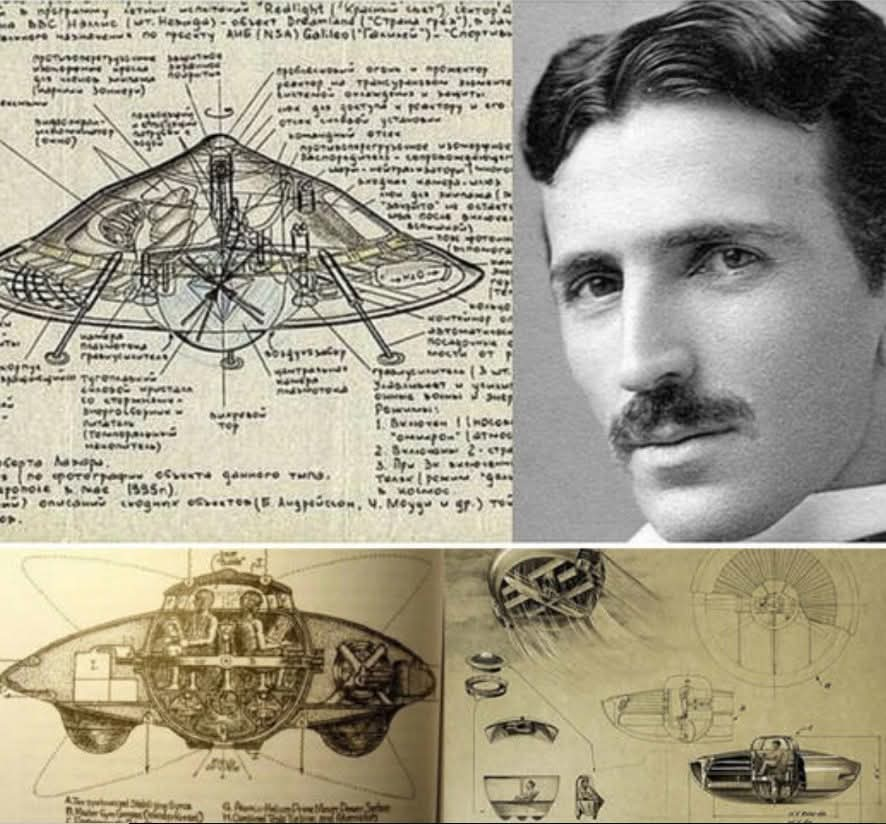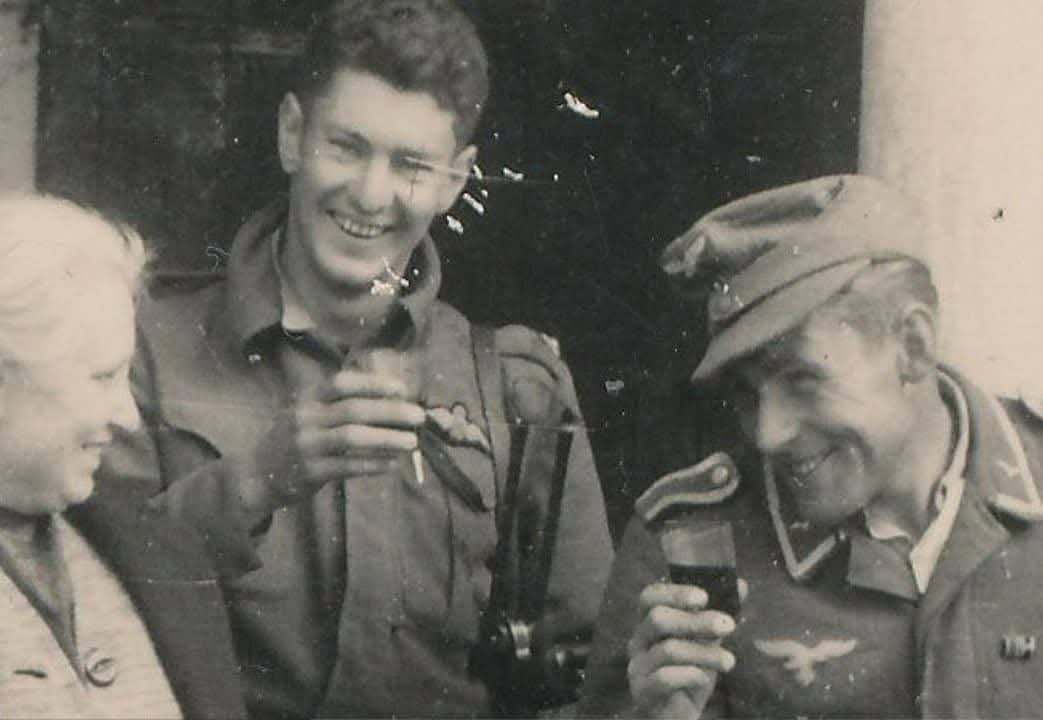
The Stielhandgranate (Stalk hand-grenade) was the standard German hand grenade in the First World War.
When the First World War broke out, the Germans only had the Kugelhandgranate (Ball hand-grenade), which was deemed too heavy for use in the German Infantry and not suited for mass production.
In 1915, the Germans began designing a better hand-grenade for the Infantry, which resulted in the M15 Stielhandgranate. Due to its unusual apparence for a hand-grenade it was called the “Stick grenade”, and the British dubbed it the “Potato masher”.
The Stielhandgranate used a friction igniter and inside the explosives were connected to a detonator, which was connected to a piece of string, which went through the wooden handle.
The soldier would pull the string, which ignited a fuse within, throw the hand-grenade and ~4½ seconds later the fuse would reach the detonater and ignite the explosives. Initially the explosive used was ammonal, but was later changed to trinitrotoluene.
Although the Stielhandgranate was 820g heavier than the Kugelhandgranate, its shape allowed it to be thrown much longer; 27 – 37m by the average soldier, compared to 14m with a British Mills Bomb.
The other ball-shaped hand-grenades also had the issue of unpredictable rolling after landing, which the Stielhandgranate did not suffer as much from. Though due to the shapes, a soldier was able to carry more ball-shaped hand-grenades at a time than Stielhandgranaten.
The Stielhandgranate’s blast was not big compared to other hand-grenades, so it relied on a concussion blast effect and was very effective at clearing enclosed areas, such as trenches and dugouts. On the other hand, its performance in open areas wasn’t top-notch.
For maximized effect, Stielhandgranaten would be thrown multiple at a time in a single bundle. In 1916 and 1917, an M16 and M17 Stielhandgranate were developed, adding a ball to the string and a cap on the ball, making the string harder to accidentally pull.










Leave a Reply